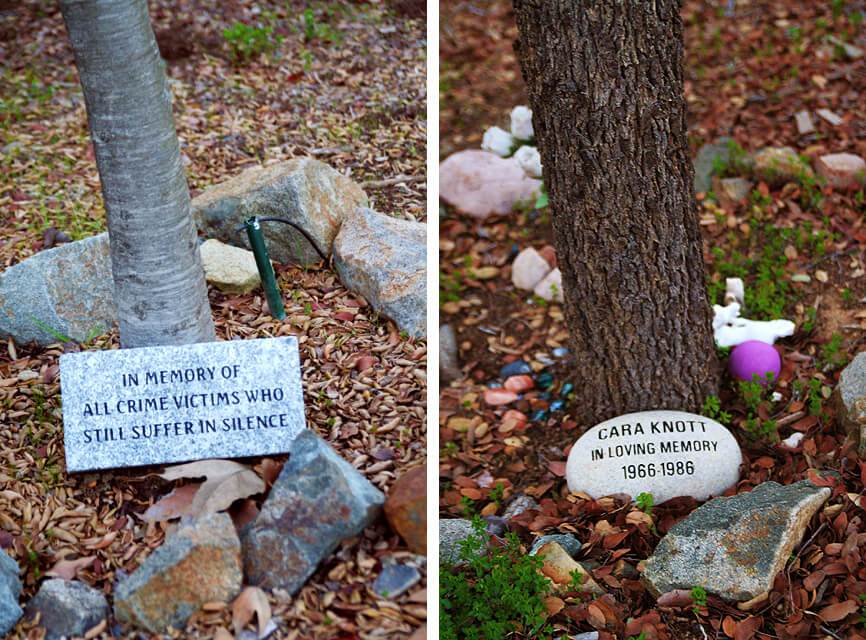Understanding the complexities of violent crimes, particularly murder, is crucial for both individuals and communities. The term "knot a murder" may evoke various interpretations, but at its core, it reflects a need to unravel the intricate threads that lead to such tragic events. In this article, we will delve into the factors surrounding murder, explore prevention strategies, and provide insights on how communities can work together to reduce violence. Our focus will be on educating readers to foster a safer environment.
As we navigate this sensitive topic, it's important to recognize the emotional and societal implications of murder. The impact extends beyond the victim and perpetrator, touching the lives of families, friends, and entire communities. By understanding the root causes and warning signs, we can take proactive measures to prevent violent crime.
This article will serve as a valuable resource for anyone looking to comprehend the dynamics of murder and its prevention. We will provide expert insights, statistics, and actionable steps that can be taken at individual and community levels. Let’s embark on this journey towards a safer society together.
Table of Contents
- Understanding Murder
- Statistics and Trends
- Factors Contributing to Murder
- Warning Signs of Potential Violence
- Preventive Measures to Reduce Violence
- Community Involvement in Crime Prevention
- Resources for Help and Support
- Conclusion
Understanding Murder
Murder is defined as the unlawful killing of another human being with malice aforethought. This definition encompasses various types of homicide, including first-degree murder, second-degree murder, and manslaughter. Understanding the legal distinctions and motivations behind murder is essential for grasping the complexities of this crime.
Types of Murder
- First-Degree Murder: Premeditated and intentional killing.
- Second-Degree Murder: Intentional killing that is not premeditated.
- Manslaughter: Unintentional killing resulting from reckless or negligent behavior.
Statistics and Trends
According to the FBI's Uniform Crime Reporting Program, murder rates fluctuated over the years, reflecting various social and economic factors. In 2020, the murder rate in the United States reached its highest level in decades, with an increase of nearly 30% compared to the previous year.
Current Statistics
- In 2020, there were approximately 21,570 murders in the U.S.
- The murder rate was 6.9 per 100,000 inhabitants.
- Urban areas experienced the highest concentration of violent crime.
Factors Contributing to Murder
Understanding the factors that contribute to murder is essential for developing effective prevention strategies. These factors can be categorized into social, economic, and psychological influences.
Social and Economic Influences
- Poverty and unemployment can lead to increased crime rates.
- Access to firearms significantly raises the likelihood of violent crimes.
- Substance abuse is a common factor in many murder cases.
Psychological Factors
Many murderers exhibit distinct psychological profiles, often characterized by issues such as:
- Antisocial personality disorder
- History of abuse or trauma
- Substance dependency
Warning Signs of Potential Violence
Recognizing the warning signs of potential violence can be crucial in preventing murder and other violent crimes. Individuals may exhibit specific behaviors that indicate a risk of committing violence.
Behavioral Warning Signs
- Increased aggression or irritability.
- Substance abuse or erratic behavior.
- Isolation from friends and family.
Preventive Measures to Reduce Violence
Communities can adopt several preventive measures to address the root causes of violence and reduce the likelihood of murder.
Community Programs
- Establish mentorship programs for at-risk youth.
- Implement conflict resolution training in schools.
- Promote mental health awareness and resources.
Policy Changes
Advocating for policy changes can significantly impact crime rates:
- Stricter gun control measures.
- Increased funding for mental health services.
- Community policing initiatives to build trust between law enforcement and residents.
Community Involvement in Crime Prevention
Community involvement is crucial in crime prevention efforts. When individuals come together to create a safer environment, they can significantly reduce crime rates.
Building Strong Neighborhoods
- Organize neighborhood watch programs.
- Encourage community engagement through meetings and events.
- Develop partnerships with local law enforcement.
Resources for Help and Support
It is essential to provide individuals and families with access to resources that can help prevent violence and provide support when needed.
Helpful Resources
- National Domestic Violence Hotline: 1-800-799-7233
- Substance Abuse and Mental Health Services Administration (SAMHSA): 1-800-662-HELP
- Local Crisis Centers: Many communities have crisis intervention services available.
Conclusion
In conclusion, understanding the dynamics of murder and how to prevent it is vital for fostering a safer society. By recognizing the various factors that contribute to violence, we can take proactive measures to reduce crime rates. It is our collective responsibility to be vigilant, support one another, and engage in community efforts to address this pressing issue. We encourage readers to share their thoughts in the comments section below, share this article, or explore other resources available on our site.
Thank you for taking the time to engage with this important topic. Together, we can work towards a future where violent crimes, particularly murder, are significantly reduced.




